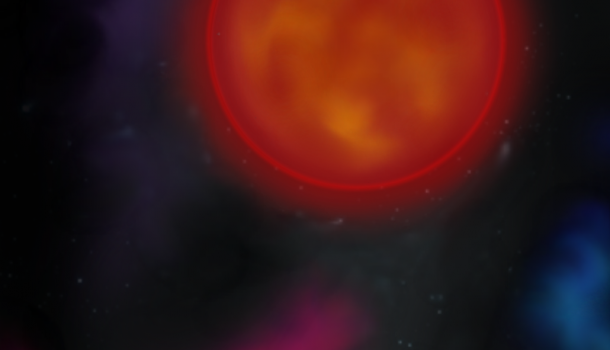by Riley Nielson
Staff Reporter
2019 has officially been rung in by students sleepily returning to school after a long winter break and the semester finally coming to a close. But before 2018 can fade into the past, it’s important to reflect on all of the achievements accomplished in the past year. Leaps and bounds have been made in space exploration with the discovery of liquid water on a nearby planet, an unknown material 10,000 times stronger than steel, and the invention of a satellite equipped with a harpoon gun. 2019 has a lot to live up to.
For decades, scientists have argued about the large bodies of liquid water on Mars. While there is evidence of Mars having water in the past, the planet has changed considerably in that time. With freezing temperatures and a thin atmosphere, most scientists say liquid water existing on the surface is highly unlikely, maybe even impossible. Scientists speculated that any large bodies of water would have to be buried deep below the surface, safe from extreme temperatures and radiation.
In July, 2018 the European Space Agency (ESA) found strong evidence of an underground lake in the south pole region of Mars. The lake is thought to be 12 miles across and at least 3 feet deep. The lake is buried underneath 0.9 miles of ice. Dr. Manish Patel from Open University told the BBC,”We have long since known that the surface of Mars is inhospitable to life as we know it, so the search for life on Mars is now in the subsurface.” The discovery of the underground reservoir has made scientists more hopeful than ever before that life is possible on Mars.
What is the strongest material in the universe? There’s a lot of contenders for the position. First, there’s Graphene, a material 200 times stronger than steel. Or Buckypaper, a nanotechnology material 500 times stronger than steel and 10 times lighter. In July 2018, a new material was found that surpassed both of those materials in strength. Its name? Nuclear pasta. No, seriously. Nuclear pasta is the substance that makes up the core of a neutron star and is estimated to be 10 billion times stronger than steel. This cosmic spaghetti was tested using computer simulations and has raised more questions within the scientific community
Satellites, space stations, rockets, and other inventions have made life easier for us. However, the very existence of these machines is harming the continuation of space exploration. When these objects quit working, they take up space by soaring around the Earth at around 17,000 mph. Space exploration becomes riskier as every year more junk is created. Once considered a difficult problem to solve, in 2018 researchers at the University of Surrey in England made a breakthrough with a satellite called RemoveDEBRIS.
RemoveDEBRIS is built with four tools to get rid of the space junk: a harpoon, a dragsail, a net, and a smaller satellite. The mission? To de-orbit space junk. With millions of space junk floating around, it’s a daunting task. However, the results are promising as the first test conducted in September 2018 was successful. The researchers released a piece of metal to mimic real space junk and RemoveDEBRIS successfully de-orbited it by trapping it within its net. This tiny success may be the predecessor for large scale removals of space junk in the future.














Recent Comments